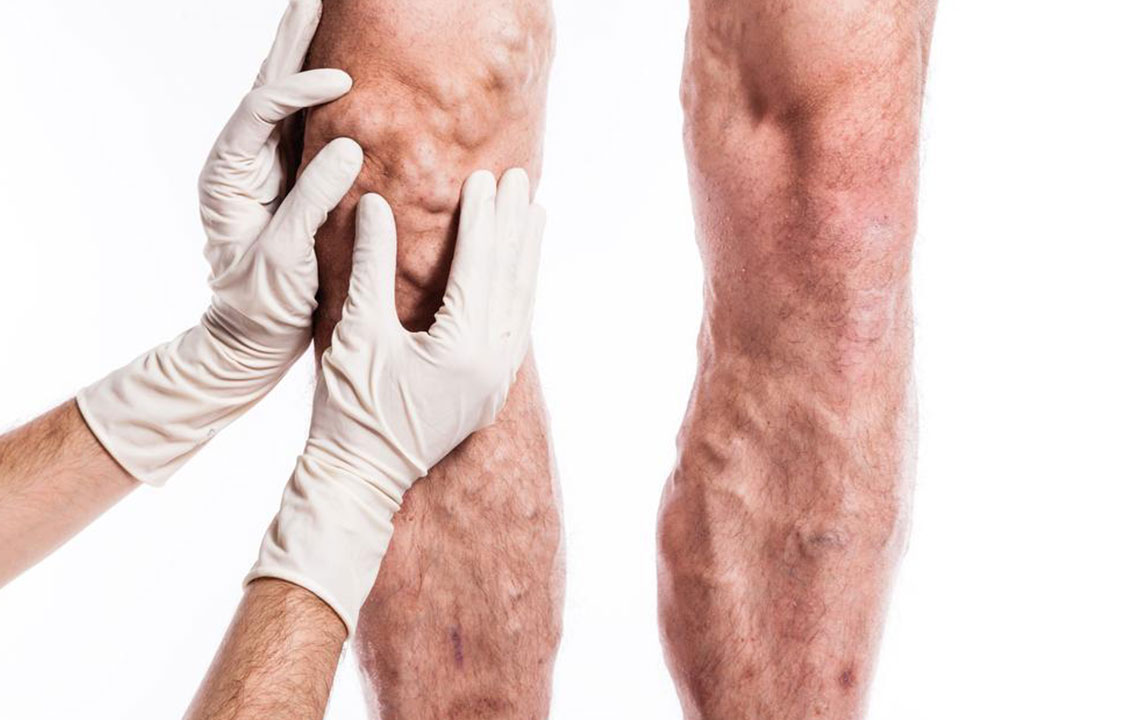Comprehensive Guide to Deep Vein Thrombosis: Causes, Symptoms, and Prevention
Deep Vein Thrombosis (DVT) is a dangerous condition involving blood clots in deep veins, mainly in the legs, with risks of severe complications like pulmonary embolism. Recognizing risk factors such as age, obesity, smoking, and inactivity, along with early symptoms like swelling and pain, is crucial for prevention and treatment. Medical interventions include anticoagulant therapy, compression stockings, and possibly surgery. Preventive measures like maintaining a healthy weight, regular exercise, quitting smoking, and staying mobile during long periods of inactivity significantly lower the likelihood of DVT. Awareness and early detection are vital to avoid life-threatening outcomes.

Comprehensive Guide to Deep Vein Thrombosis: Causes, Symptoms, and Prevention
Deep Vein Thrombosis (DVT) is a serious vascular condition where a blood clot forms within a deep vein, typically in the thighs or lower legs. However, these clots can occur in other parts of the body as well. If left untreated, DVT can lead to life-threatening complications such as pulmonary embolism, where a dislodged clot blocks blood flow to the lungs. Understanding the risk factors, early warning signs, and preventative measures is essential for maintaining vascular health and avoiding severe health crises.
Understanding the Causes and Risk Factors for DVT
Deep Vein Thrombosis develops when blood flow in a vein becomes sluggish or stagnant, leading to clot formation. Several factors contribute to this condition, including certain medical, lifestyle, and genetic factors. Age is a significant risk element; individuals over the age of 50 are more prone to develop DVT due to decreasing vascular elasticity and other age-related health issues. Those with pre-existing conditions such as obesity, vein damage, or inherited clotting disorders are also at increased risk.
Additionally, lifestyle choices greatly influence susceptibility. Long periods of immobility, such as prolonged bed rest, sedentary work, or extended travel by plane or car, can significantly impair blood circulation in the legs. Smoking is known to damage blood vessel walls and increase clotting tendencies. Hormonal therapies, including birth control pills or hormone replacement therapy, can elevate clotting risk due to hormonal fluctuations. Medical procedures that involve inserting catheters or surgical interventions can also damage vessel walls or cause blood flow disturbances, contributing to DVT development.
Common Symptoms and What to Watch Out For
The symptoms of DVT can vary. Some individuals experience classic signs while others remain asymptomatic, which underscores the importance of awareness and proactive health management. Typical symptoms include swelling in one leg, particularly around the ankle, calf, or thigh; pain or tenderness that resembles cramping; warmth and redness in the affected area; and changes in skin color, often reddish or pale discoloration.
Sudden intense pain, especially in the calf, can indicate an active clot. Swelling may be accompanied by skin that feels warm or hot to touch. In some cases, symptoms can be subtle or absent, making routine checks or risk assessments essential for high-risk individuals. If a clot dislodges and travels to the lungs, it results in a pulmonary embolism—an emergency characterized by sudden chest pain, shortness of breath, rapid heartbeat, dizziness, or fainting.
Importance of Timely Diagnosis and Treatment
Early detection of DVT plays a critical role in preventing severe complications. Diagnostic approaches include Doppler ultrasound, blood tests such as D-dimer levels, and venography in some cases. Recognizing symptoms early and seeking medical attention promptly can save lives.
Once diagnosed, treatment typically involves anticoagulant or blood-thinning medications to prevent clot growth and reduce the risk of clot migration. Compression stockings help improve blood flow and prevent further clot formation. In severe cases, surgical interventions like thrombectomy or catheter-directed thrombolysis may be performed to remove or dissolve the clot. Doctors also emphasize lifestyle modifications to lower recurrence risk, including maintaining a healthy weight, staying active, avoiding smoking, and managing underlying medical conditions effectively.
Preventive Strategies and Lifestyle Modifications
Preventing DVT involves a combination of behavioral changes and medical management. Regular physical activity, such as walking or leg exercises, can promote healthy blood circulation. Maintaining a healthy weight reduces undue pressure on veins, decreasing clot formation risk. Quitting smoking is crucial, as tobacco use damages blood vessels and increases clotting tendencies.
For individuals undergoing surgeries or medical procedures, physicians often recommend preventive measures, including anticoagulation therapy and early mobilization. People on long journeys or with prolonged bed rest should elevate their legs periodically, wear compression stockings, and stay hydrated to maintain optimal blood flow.
Awareness and education about DVT are vital components of public health. Individuals at higher risk should undergo regular check-ups, especially if they have a family history of clotting disorders. Recognizing early symptoms and seeking prompt medical attention can drastically reduce the chances of developing pulmonary embolism or other life-threatening complications.
In conclusion, Deep Vein Thrombosis is a common but potentially dangerous condition that requires awareness and prompt intervention. By understanding the causes, symptoms, and preventive measures, individuals can actively participate in protecting their vascular health, reducing risks, and ensuring a better quality of life. Medicine, lifestyle choices, and vigilance are all key factors in combating this silent threat.





